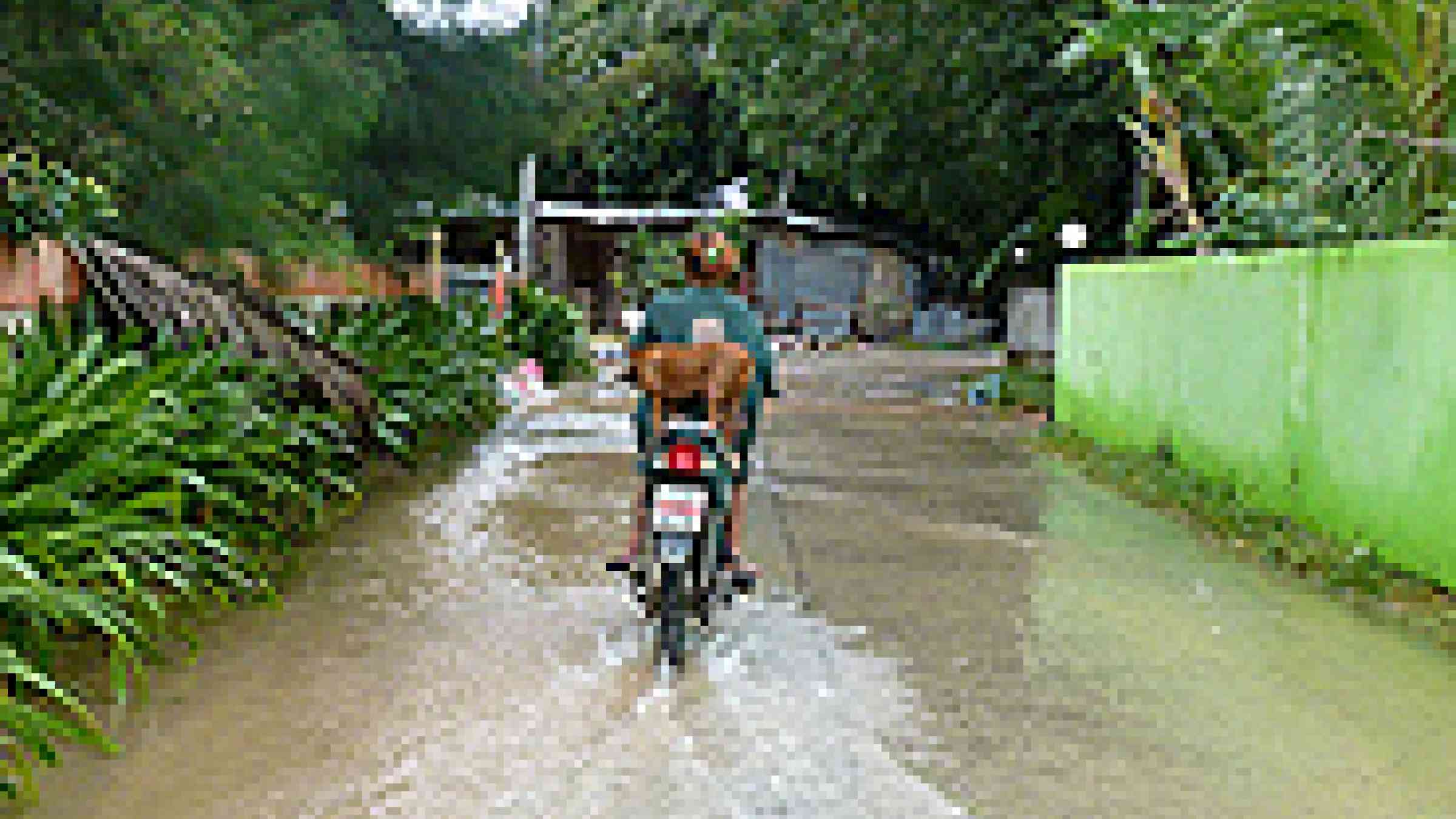Thailand: Mixed results for local disaster preparedness

Muang Bang - Heavy rain flooded most of Thailand this past month, affected nine million people in 51 of the country’s 75 provinces, and underscored the country’s need for better community disaster preparedness, government officials say.
The high number of deaths by drowning and electrocution - 206 as of mid-November - surprised the authorities, said Montri Chanachaiviboonwat, director of the national Bureau of Disaster Management Department. During 32 days of storms, 146 people died, while 11 days of heavy rain and mudslides in the south killed another 60.
“We worry that the safety culture of the people is quite low,” said Montri. “Some went to pray and had to swim through the water. Others went fishing.”
Mr Early Warning - Thailand’s village-level disaster preparedness programme - trains volunteers (both men and women) to monitor and report water levels in remote parts of the country to fellow villagers and then up the chain of command to national authorities.
This “bottom up” strategy has proven effective, as long as the message is clear and the rains do not come too quickly, Montri said.
“Community leaders play a big role in early warning, but the rainfall intensity was very high - about one month of normal rainfall came in two or three days,” he told IRIN. “It was much more than people could [handle with the early warning system].”
Community leaders are being forced to play a bigger role in preparedness in part also because of cuts in the budget for disaster prevention efforts.
Checking the rain gauge
Petchaboon, a province in central Thailand, experienced its worst flooding in 100 years this rainy season and 100,000 people were affected, but no one died.
“Much of this has to do with preparedness,” said Narong Kornsombut, head of prevention and mitigation for Petchaboon Province.
Since the first year of the programme in 2004, the province has trained 788 Mr Early Warnings, including Nong Lak Cherbumee, 44, of Muang Bang, a mountain village of 1,100 people.
As wife of the village administrator and mother of two, serving as flood monitor is just one of her many duties. Nevertheless, Nong Lak - one of the programme’s first trainees - says she has checked the local rain gauge every day of the rainy season for six years, has the weather log to prove it, and is prepared to raise the alarm if rain reaches dangerous levels.
Budget cuts
The government will pay US$670 to the families of each person killed in floods this year, and an additional $335 if a head of household dies.
However, the national Department of Disaster Prevention and Mitigation’s 2010 budget has been cut more than 25 percent on its 2009 level, and equates to just $1.25 per capita.
“This is too low for prevention and mitigation,” Montri said, adding that more money and emphasis must be placed on preparing people for disasters.
“We need to have stronger…communication between the community and the authorities.”
nb/pt/cb